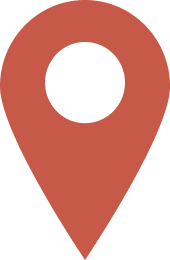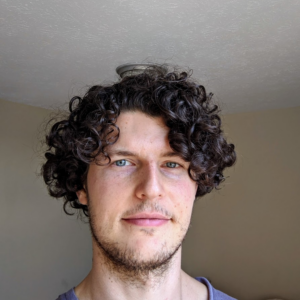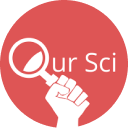Sample Smarter
SoilStack is an open source, cross platform app designed to support smart agricultural and environmental sampling, capturing patterns of spatial variability and guiding users through in-field collection in a transparent, replicable, and user-friendly way.







